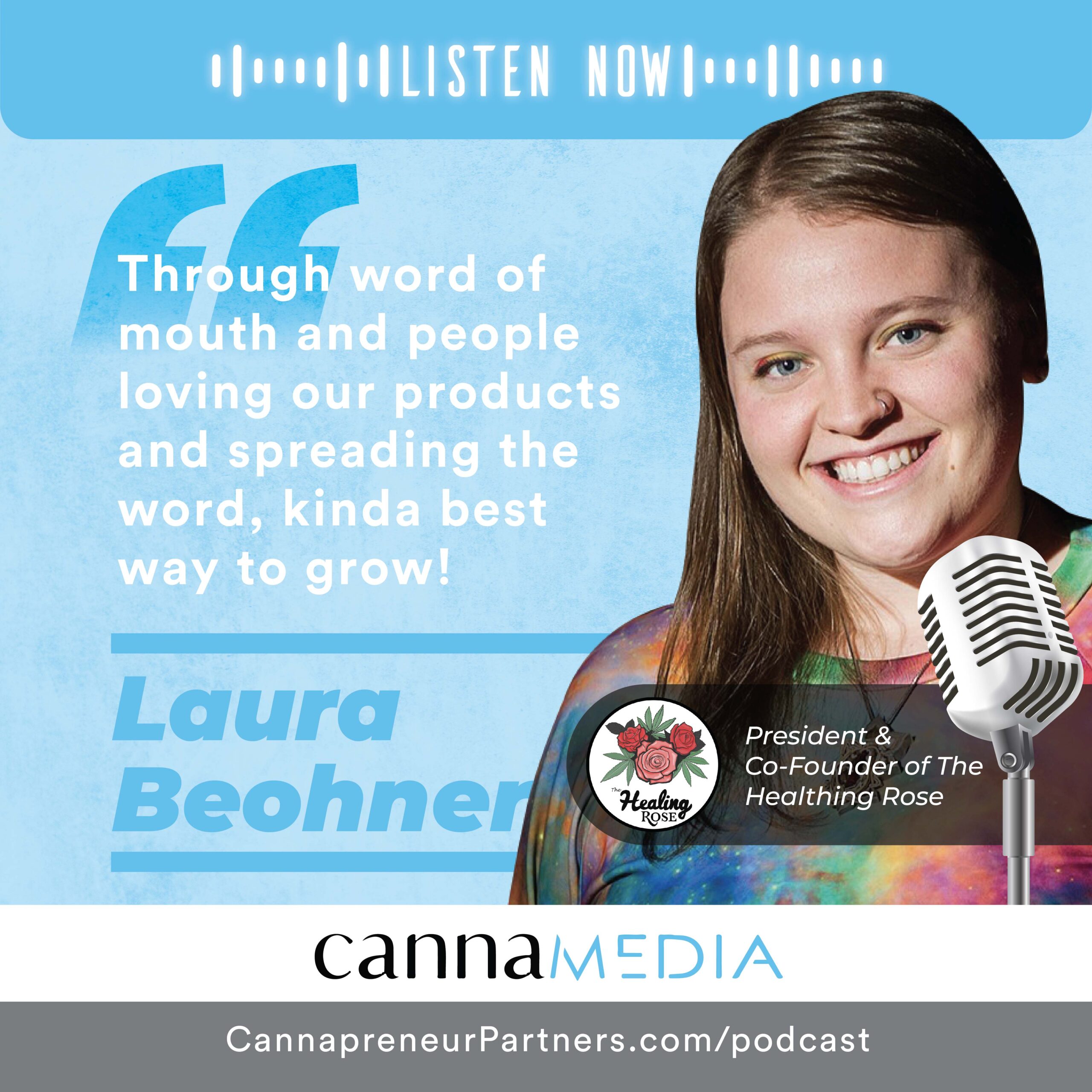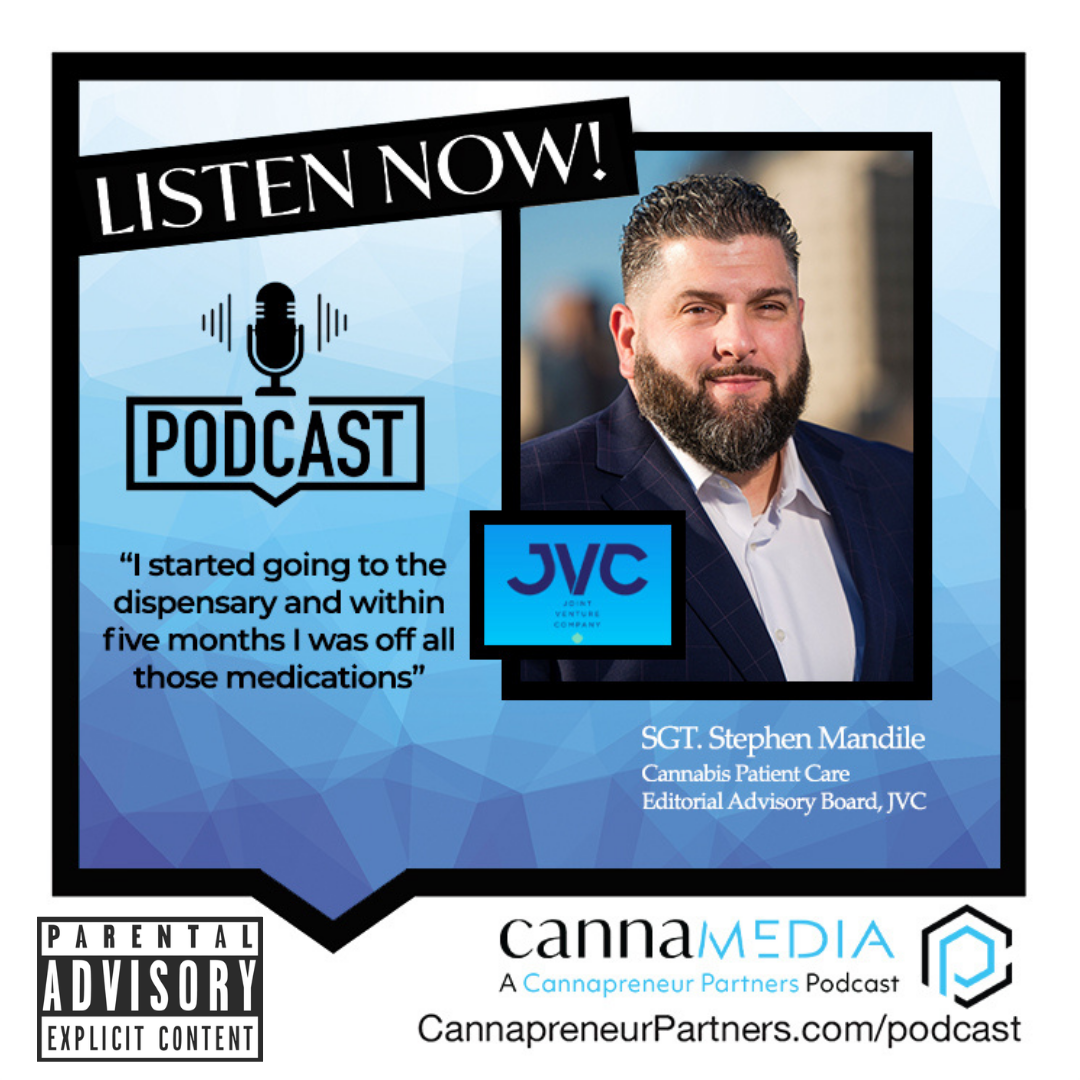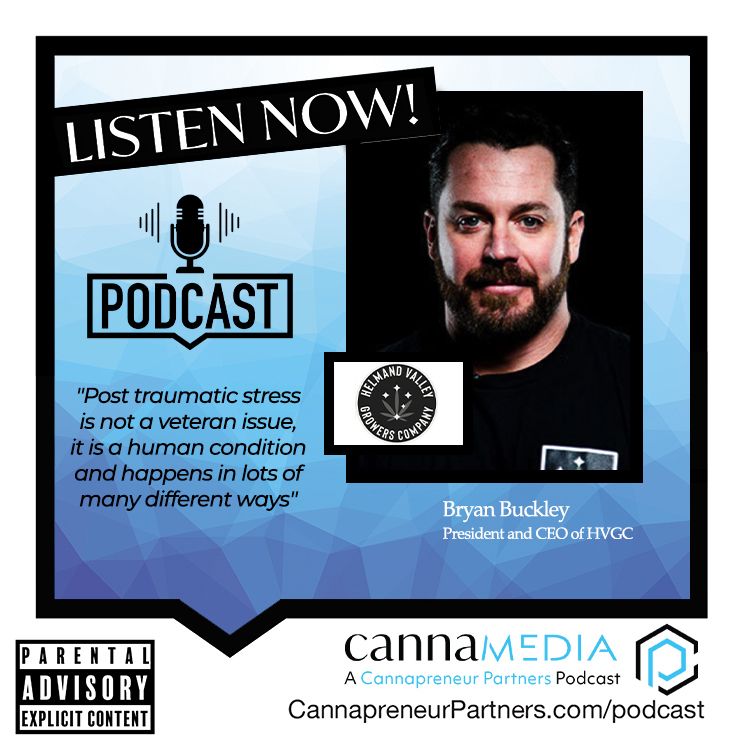When Talking Joints Memo (TJM) launched in Boston, founding editor and publisher Chris Faraone knew there was a distinct niche in the local cannabis landscape that wasn’t being addressed.
Before that, for the most part, cannabis content covering everything from breaking news to investigations, as well as wonky political dispatches from municipalities all around the Commonwealth concerned with cannabis fodder – good or bad – was largely a dissociated collection of cannabis content from local tribal enclaves and early online radio.

Much of the early cannabis news aggregation on TJM was serving as a signal boost for original cannabis content out of DigBoston/Boston Institute for Non-Profit Journalism (BINJ), which publishes Talking Joints Memo, as well as their offshoot Dig Media Company, which creates custom cannabis publications for direct-to-marketing clients (think: MedMen partnering with Paper Magazine to launch Ember for consumer market distribution).
But then a few months ago Talking Joints Memo went quiet. No more entertaining and educational content, linkouts to what’s happening all around the Commonwealth as it pertains to cannabis, and no more fantastic, grabby subject lines which have their open rates and engagement metrics high on the upswing.
We caught up with Chris Faraone, TJM editorial director and publisher for DigBoston, which for the better part of 20 years has been the leading independent local weekly news outlet with a print presence all over Boston, Cambridge, and Somerville, and has served as the bell cow of cannabis community, culture, and politics coverage around Massachusetts long before local mainstream outlets found it was en vogue to do so.
We wanted to get into the decision to rebrand, the importance of connecting to a niche audience, and why independent media still has life coursing through its veins in the cannabis space.
WHEN DID YOU LAUNCH TALKING JOINTS MEMO?
Oh god, it’s a while ago now. I believe that it was actually January 2017. Before that, we would occasionally do a cannabis-specific blast to DigBoston’s Daily Dig list, which itself had a considerable cannabis segment, but yeah, it’s been almost three years that we’ve been blasting out Talking Joints Memo as its own separate thing, building, growing, cultivating, and segmenting that list, and thinking of it as a badass aggregator, whereas on the Dig side we are much more focused on producing long form digital content.
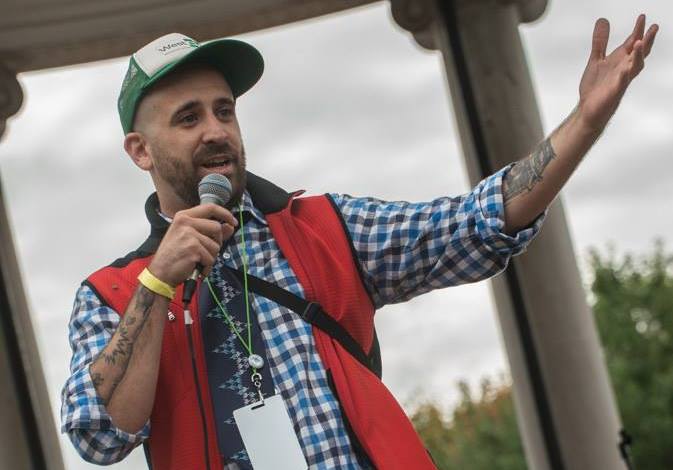
WHAT WAS THE DRIVING FORCE BEHIND IT?
DigBoston has been covering cannabis and the culture and politics around it since it was born as Shovel magazine more than 20 years ago. I know that it sounds crazy now, but there was a long time when we were one of the very few publications willing to touch the topic at all, let alone take ads from head shops and have cannabis events (the former publishers of DigBoston actually started New England Cannabis Conventions, or NECANN). So when it came to the point around four years ago, when everybody started writing about weed and such, we had to really recalibrate our game plan. We’re relatively small, and don’t have the resources to report on every single thing happening in pot around Mass, but we nevertheless know the terrain better than anyone else, and figured we could have our cake and eat it too by compiling the first catchall newsletter. When you have the clearinghouse, you have a significant role in disseminating news from around the whole cannabis ecosystem, as opposed to only that which you create as original content.
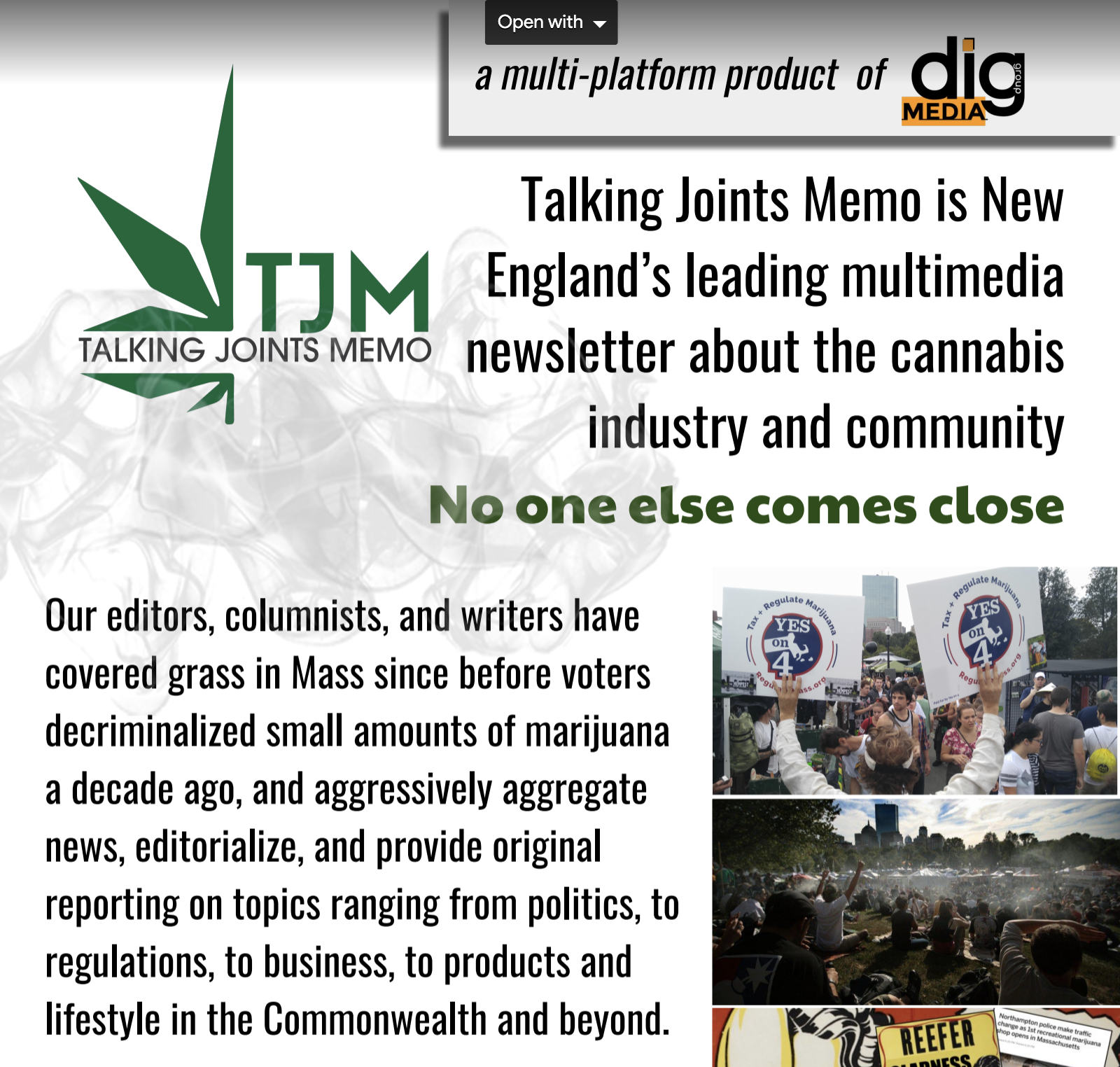
YOU’RE IN THE EYEBALLS GAME, SO GIVE US A SENSE OF YOUR OVERALL METRICS AND ENGAGEMENT.
We’re just short of 40,000 subscribers at this point. We could have more—we do have more—but I am especially nuts about keeping click and open rates extremely high, so when people don’t click for a few weeks, we pull them out off the regular lists. We’ll check back in with them later and see what we can do to interest them again, but we’re not about sending out to people who don’t want us. There’s enough spam in the world. Because of this routine, we’re at about 30-35% for open rate and 25-30% for click-thru rate. I actually suspect the clicks to go down a little, as we have trimmed the newsletter down from roughly 100 links per blast to more like 20—by reader demand—but at the same time, I believe that will make it more powerful. Clicks are good, but when you have a million things for people to click on, a good deal of that is certainly just random curiosity, and it’s definitely not as good for advertisers, who will have more exposure the new way.
WHAT ARE YOU DOING TO EXPAND YOUR REACH?
For one, we do trade shows and events. It’s all about getting people who actually want to read this thing, and never spamming people. So we look forward to having people out at places like the Boston Freedom Rally with clipboards, swag, and flyers. We’re also getting more and more into the B2B side of things, especially for tangential stoner-minded businesses that tend to get left out of the dispensary and suit-and-tie cannabiz discussion despite in some cases being major enterprises. Right now we are apprehensive to get into SMS, even though that’s what a lot of clients want, because the way that people are doing it is beyond sleazy and in some cases hardly legal, but we may spin out a website in the new year. Of course, it would be great if recreational dispensaries opened in our coverage area so we can add more resources and make things like that happen.
TALK ABOUT HOW YOU’VE IMPROVED YOUR REVENUE STREAMS THROUGH THE NEWSLETTER.
The thing about something like this is that it takes little more than time and institutional cannabis media knowledge to produce it. Those things are costly, and have value, but for the most part, we are talking extremely low overhead. We don’t even have to pay for booth space at conventions or events, for example, because we can just trade for ad space, and through leveraging relationships like that we have been able to reach people beyond what we would otherwise be able to do. Such events also allow for product activations, and for sponsors to get physical samples (of non-cannabis products, of course) to readers. And again, with our B2B segments, that also adds significant revenue. We can now blast out to thousands of people who have told us they work in the industry or are trying to get into it.

HAS YOUR INCREASED AUDIENCE TRANSLATED INTO SALES AND PARTNERSHIPS?
Absolutely, but the truth is that buyers and clients don’t understand all that much about the Massachusetts market for the most part, so more than anything else it is always education that translates into sales and partnerships. For example, a lot of people we start talking to from the West Coast don’t even know what TV stations and newspapers there are out here, so how would they possibly know that we have been in the game doing cannabis coverage for literally two decades and have that base? They wouldn’t, which is why you see a lot of businesses stumbling or holding back on the advertising front for now. Of course, a lot of that is also due to—and this is slowly changing—the fact that there really isn’t all that much competition in the legal space yet. We had a huge contract with one of the first legal dispensaries, but after they were open for about two weeks, they called us and told us to hold back because their lines were just too long already, and if there’s one thing we can do it is get a whole lot of people out to a certain place.

HOW HAVE YOU BEEN NAVIGATING THE REGULATIONS AND COMPLIANCE REGARDING CANNABIS MARKETING? BRAND REACH IS HIGHLY GEO TARGETED.
Absolutely. We have excellent attorneys on this front, and so do all of the dispensaries and most of the companies we have dealt with. Of course we have been dealing with alcohol and cigarette ads for years, which in some ways are even more difficult, so none of this is really all that new to us.
WHAT DO YOU PROVIDE CANNABIS BRANDS AND PARTNERS REGARDING CONSUMER FACING MARKETING AND BRANDING?
We are happy to help out in any way possible. The truth as I see it is that a lot of these marketing and media relations people in the cannabis space are total frauds, charlatans. Either they don’t know weed, or they don’t know anything about anything. Certainly none know more about the Massachusetts media than I do—in fact I’ve challenged several business owners to ask me the same questions they ask their in-house or paid contract boosters, and then to compare our answers. We have helped a lot of brands develop their campaigns, and I promise we are not charging what marketing firms charge—even though Talking Joints Memo does a better job. We’re able to show clients what has worked and what hasn’t, and what gets people clicking and buying.
***
ARE YOU A CANNABIS BUSINESS? Contact us about getting your brand in front of motivated cannabis investors, potential partners, and consumers at our series of networking mixers and invite-only investor events.
ARE YOU AN ACCREDITED CANNABIS INVESTOR? Or are trying to be but can’t find where to place private capital in best-in-class cannabis operators, entrepreneurs, and existing businesses at various stages of success? Download our one-pager and contact us for a 30-minute call.

